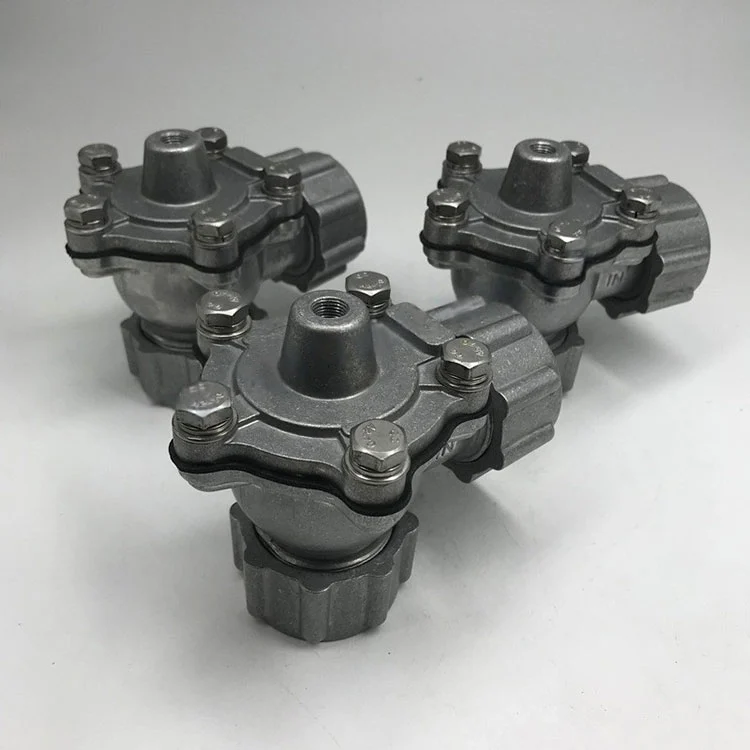Future Trends in Smart Pulse Valve Technology: What to Expect
2025-03-24
As industries continue to prioritize efficiency and environmental sustainability, smart pulse valve technology is rapidly evolving to meet these demands. Smart pulse valves, commonly used in dust collection systems and industrial air filtration, are becoming more intelligent and adaptive. But what does the future hold for this essential technology?
1. Integration of IoT and Remote Monitoring
One of the most significant trends is the integration of Internet of Things (IoT) technology. Smart pulse valves equipped with sensors can transmit real-time data to centralized systems, allowing operators to monitor performance, detect faults, and optimize operation from remote locations. This leads to reduced downtime, predictive maintenance, and overall cost savings.
2. Advanced Predictive Maintenance
Future smart pulse valves will rely heavily on AI-powered predictive maintenance systems. By analyzing historical data and identifying performance anomalies, these systems can predict potential failures before they occur. This proactive approach not only extends the lifespan of the valves but also minimizes costly repairs and production halts.

3. Enhanced Energy Efficiency
Energy consumption is a major concern in industrial settings. Next-generation smart pulse valves will feature adaptive control algorithms that adjust pulse timing and air pressure based on real-time filtration demands. This intelligent control results in more efficient energy use, reduced compressed air consumption, and lower operational costs.
4. Improved Connectivity and Compatibility
Future smart pulse valves will prioritize seamless connectivity. With support for various industrial communication protocols, such as Modbus, MQTT, and OPC UA, these valves will easily integrate into existing industrial control systems. This compatibility ensures streamlined data exchange and enhanced process automation.
5. Sustainability and Eco-Friendly Design
Environmental regulations are becoming stricter, pushing manufacturers to develop eco-friendly smart pulse valves. Innovations in material selection and design optimization will reduce emissions, lower energy consumption, and improve overall environmental impact. Additionally, self-cleaning capabilities and extended filter life will further reduce waste.
6. AI and Machine Learning Optimization
Expect to see further incorporation of AI and machine learning algorithms in smart pulse valve systems. These technologies will enhance decision-making by analyzing complex data patterns and recommending real-time adjustments to optimize performance and reliability.
Conclusion
The future of smart pulse valve technology is undoubtedly promising. With advancements in IoT connectivity, predictive maintenance, energy efficiency, and AI integration, industries can look forward to smarter, more sustainable, and highly efficient dust collection systems. As technology continues to evolve, businesses that adopt these innovations will gain a competitive edge, ensuring cleaner operations and reduced operational costs.
Stay ahead of the curve by exploring the latest developments in smart pulse valve technology and incorporating these advancements into your industrial processes.


